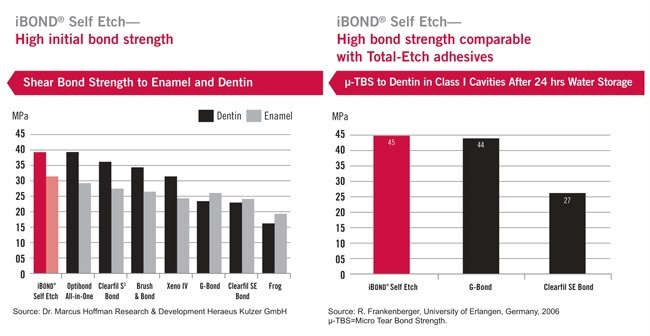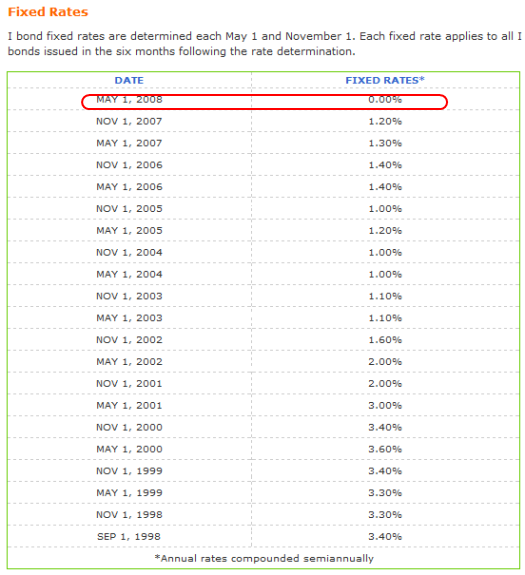What are IBonds I Bonds information and resources
Post on: 16 Март, 2015 No Comment

Related Sites
Learn more about Series EE Savings Bonds, including information on rates, current values, how to buy, and more.
Find out more about Consumer Price Index for All Urban Consumers (CPI-U), a critical component of the I Bond rate.
Roth IRA accounts are special retirement accounts that you can invest in with post-tax dollars. Learn more about saving in a Roth IRA and the limitations.
What is asset allocation? Learn how stocks, bonds, and other investments work together to grow your portfolio. Sample allocations and funds are presented.
Find out how an online savings account can earn more than your traditional savings account. Compare online banks and their accounts to find the best one for you.
Recommended Reading
How to Build Wealth, Ignore Wall Street, and Get on with Your Life. Introductory guide to investing with index funds, asset allocation, and other tools for retirement planning.
Series I Savings Bonds, or I Bonds, are a savings bond issued by the U.S. Treasury. The rate of an I Bond adjusts to track inflation and is guaranteed to never lose value.
First issued in 1998, Series I Savings Bonds (I bonds ) are a type of savings bond sold by the US Treasury. I bonds are designed to guarantee a real rate of return, regardless of the markets or deflation. To do this, I bonds adjust their rate every 6 months to track changes in the level of inflation as measured by the CPI-U. Even in periods of deflation, I bonds protect your investment by never losing value. Since an I bond cannot lose value and they are backed by the US government, they are frequently chosen by investors over corporate or municipal bonds, which could default or lose value. With I bonds. you are able to protect your investment against inflation with the security of savings bonds.
I Bonds and Inflation
Unlike other investments that base their value on companies or government loans, I Bonds base their rate on the semi-annual change in inflation, which is tracked by the CPI-U metric. Inflation is the increase in price of goods and services while deflation represents a decrease in the price of the same goods and services. In periods of deflation, an I Bond will not lose value as the US Treasury has set a floor on the rate at 0%. As long as an I Bond has a fixed rate greater than zero, an I Bond will always increase in real value before taxes. Even if an I Bond has a fixed rate of zero, the bond will always retain value by matching the changes in inflation.

I Bond Terms
The US Treasury considers I bonds to be a long term investment. As such, there are several limitations on I bonds that must be considered when analyzing your financial goals. I bonds have a one year minimum hold time in which the bond can not be redeemed. Additionally, bonds are subject to a 3 month interest penalty if the bond is redeemed within 5 years of the issue date. Similar to other US Treasury Bonds, I bonds continue to earn interest for 30 years. After that time, the matured bond is worth the face value plus the interest collected over that time. View a quick comparison of I Bonds to EE Bonds and TIPS, or view in-depth I Bonds vs. EE Bonds comparison and I Bonds vs. CDs comparison.
I Bond Risk
If the recession continues, and if it’s severe, you know these investments are safe; they’re government-issued. And if inflation jumps, TIPS and I bonds will help you ride out the storm.
Unlike stocks, corporate bonds, or other equities, I bonds are low risk investments. The inflation component of the I Bond’s rate protects the earning power of the bond against rises in inflation over time. Even in the event of deflation, I Bonds are guaranteed to not lose value. Because I bonds are backed by the federal government, risks associated with the issuer defaulting are extremely slim (if the government defaults, you have many more problems to worry about than your I bonds ). The biggest risk associated with I bonds are primarily administrative, such as losing a paper bond or needing to re-issue a bond with a new owner. In these cases, there are forms available where the bond can be replaced or reissued. Overall, I bonds are a very low risk investment that will never lose value and carry tax advantages unlike other investment options.














